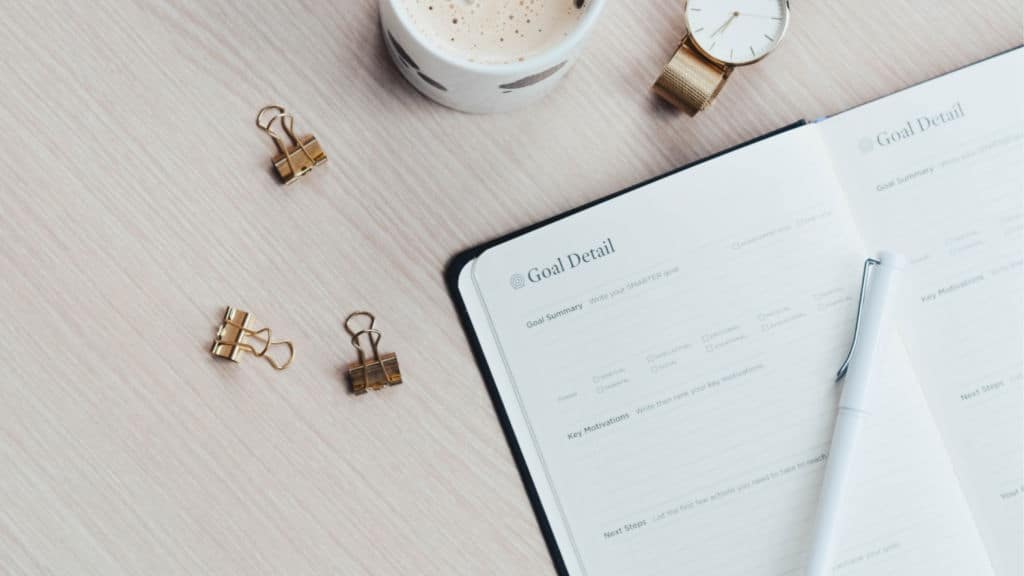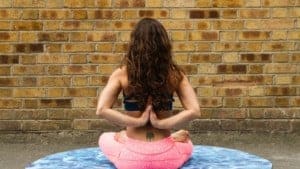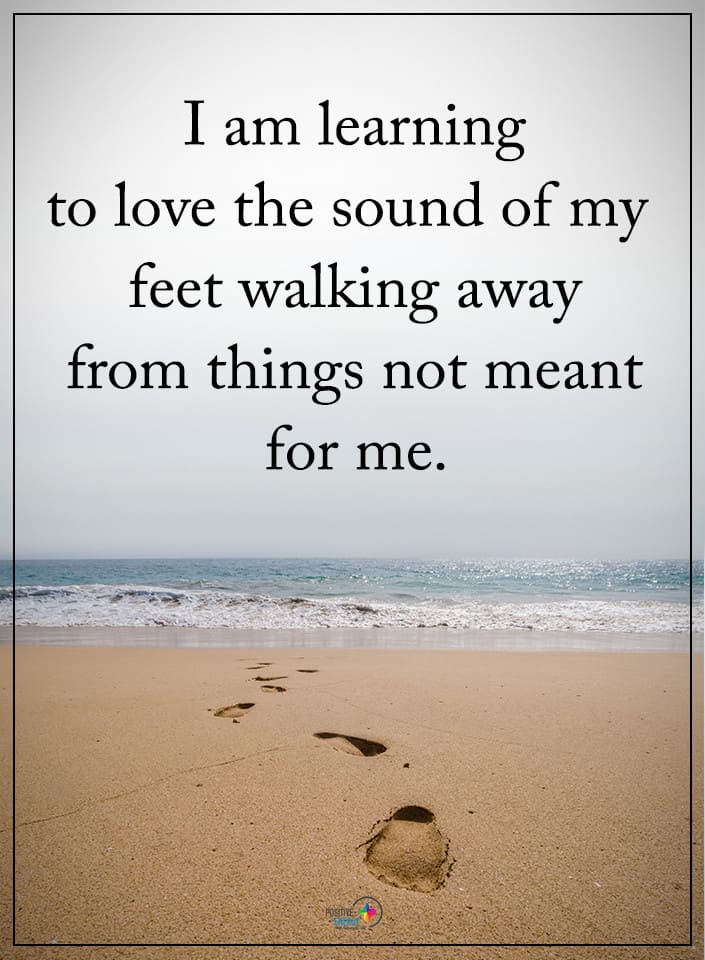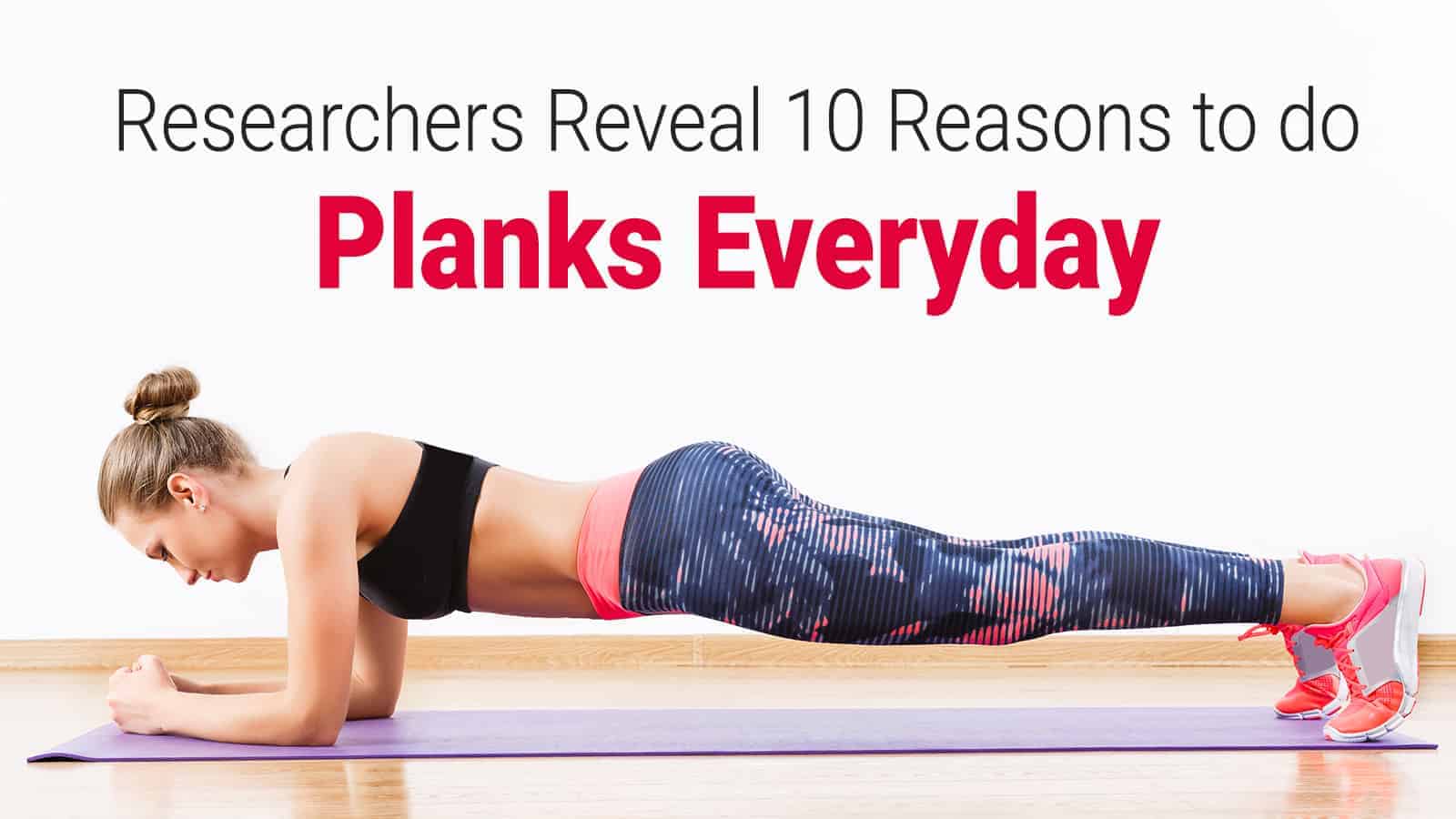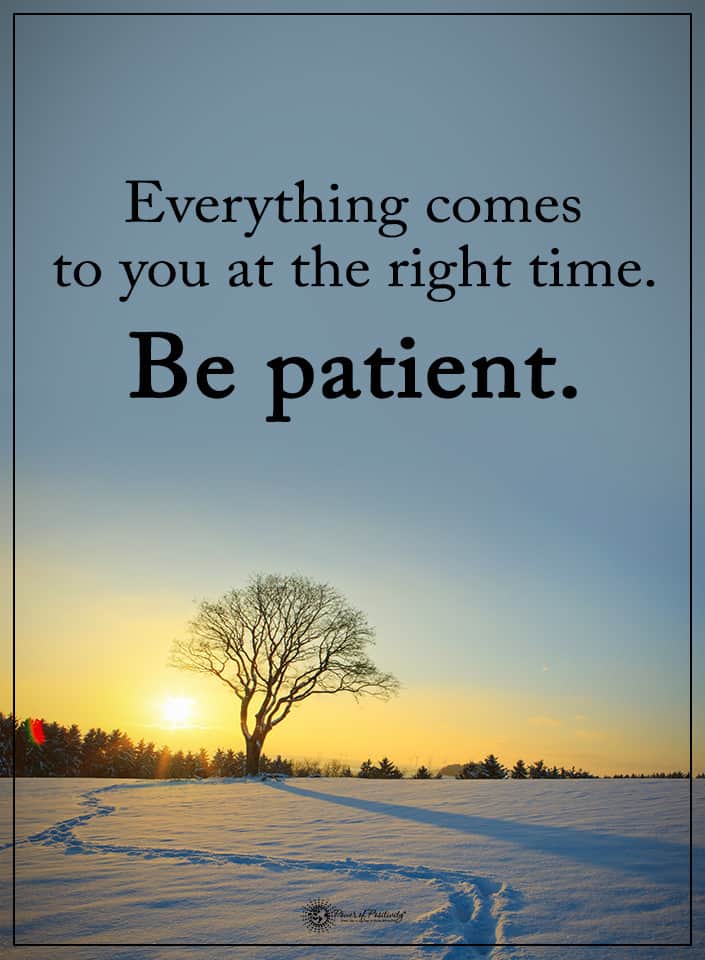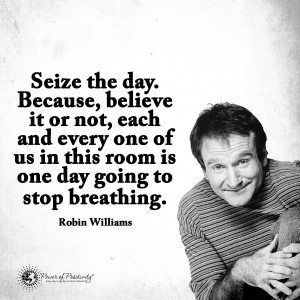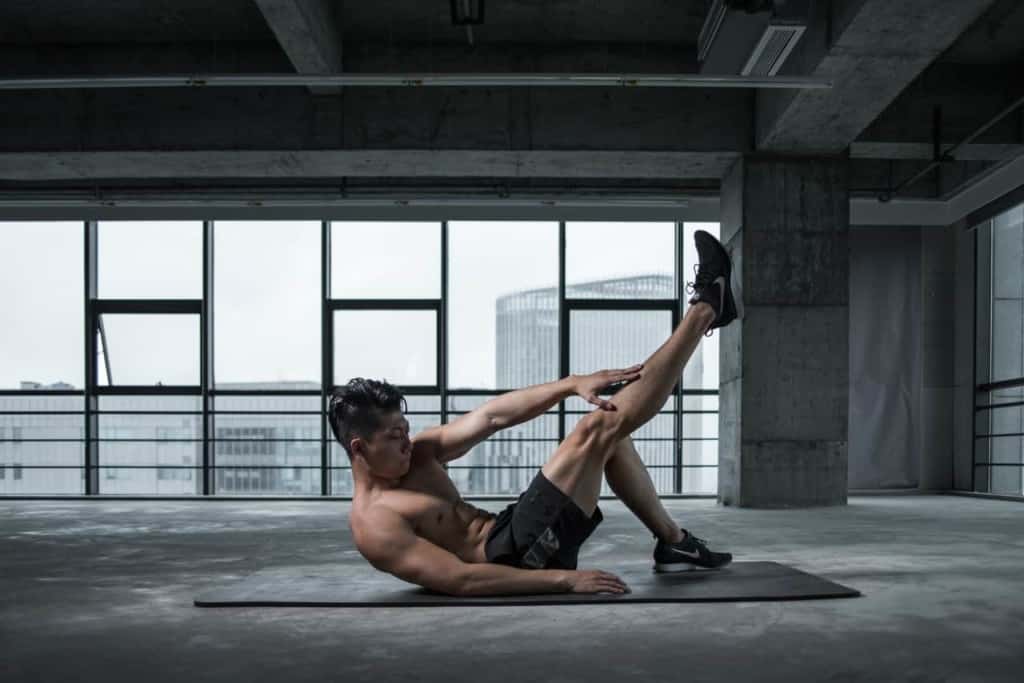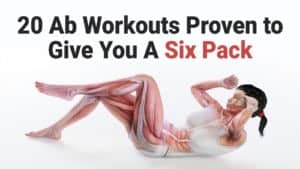When it comes to setting goals, many of us can formulate a plan but have a hard time carrying out our vision. Perhaps it’s because goals take a lot of small steps and milestones to achieve, and many people don’t have the mental stamina or patience to follow through. However, the best breakthroughs happen when you stick to your goals rather than giving up on them before you get to the finish line. As they say, slow and steady wins the race.
Unfortunately, only a staggeringly small percentage of people achieve their goals.
In this article from Business Insider, a Harvard psychologist explains that most people fail to reach their goals because they focus only on the outcome and not the process. In other words, getting too wrapped up in the end vision can deter you from following through because you haven’t broken down your goals into achievable milestones.
So, the more critical a vision or dream is to us, the longer it will probably take to achieve. However, how can we stick to the course without getting distracted or discouraged along the way? Here are some tips below on strategies you can use to reach your goals.
Here are five ways to stop being distracted from reaching your goals:
1. Set SMART goals.
Scientists researched strategies people utilize who achieve their goals. Researchers found that successful people follow the principles of goal setting laid out by the SMART goals setting theory.
WHAT ARE SMART GOALS?
SMART is an acronym that stands for: Specific, Measurable, Attainable, Relevant, Time-bound. Under the SMART goal setting method, every goal needs to follow these five parameters to be achieved. Many people use this method to attain their dream job, meet their life partner, start a business, or for whatever their heart desires.
Let’s go over details for what each letter means below:
S = SPECIFIC:
First, you need to make sure you can clearly define your goals. Answer the following five questions so you can ensure you have a clear vision for what you want to accomplish:
- (1) What – What do I want to accomplish?
- (2) Why – What are the specific reasons for and benefits of accomplishing this goal?
- (3) Who – Who is involved?
- (4) Where – What location or locations are involved in accomplishing this goal?
- (5) When – What is the timeline for accomplishing this goal, and are there any specific time-sensitive requirements or potential constraints.
M = MEASURABLE:
To know if you’ve accomplished your goals, you need to have a way to measure them. The following questions will help you to measure your goals in a quantifiable, tangible way.
- (1) How many?
- (2) How much?
- (3) How will I measure my achievements along the way?
- (4) How will I know when I’ve reached the goal?
A = ATTAINABLE:
While your goals should challenge you, you shouldn’t overextend yourself. In other words, try to set a goal that will push you out of your comfort zone, but not set you up for failure. The first two parts of the goal setting exercise should help you with this. Having a vision plus a way to measure your results will ensure that you can attain your goals more easily. Also, having the knowledge or skills to achieve your goals is necessary to produce the desired results.
- (1) How can this goal be accomplished realistically?
- (2) Is it possible, have others done this successfully before me?
R = RELEVANT:
Is your goal relevant? Can people benefit from your knowledge or skills, and does your goal provide a sense of purpose and meaning in your life? Your goals should be tied to specific lifestyle changes that will benefit your life. For example, losing 30 pounds in a year by exercising five days per week would be a positive, tangible goal for most people. If you answer “yes” to the following questions, your goal is likely relevant:
- (1) Is it the right time for this?
- (2) Am I the right person to do this?
- (3) Does this goal seem worthwhile?
- (4) Does this goal align with my overall needs and other goals and efforts?
- (5) Is this goal applicable or appropriate given my current socio-economic- and technical environment?
T = TIME-BOUND:
To reach your goals, you must have a sense of urgency in achieving them. So, setting milestones along the path to achieving your goals will provide you with a timetable in which you should reach particular objectives. For example, if you want to lose weight, you would write down how much weight you’d like to lose at each milestone. Answer the following questions to help you break down your goals and get the results you desire.
- (1) What can I do today?
- (2) What can I do six weeks from today?
- (3) What can I do six months from today?
- (4) What date should this goal be achieved by?
As you can see, the SMART method can eliminate distractions by giving you guidelines for achieving your goals. Also, having a clear path to success means you’ll know what you need to do each day if you want to reach your targets. The key to eliminating distractions is having clarity in your vision and method of attaining it.
2. Put your phone away.
As a society, we spend way too much time staring into screens. According to one report, American adults touch their phones around 2,500 times per day. Even if they don’t stay on their phones for very long during each session, that amounts to hours of unnecessary screen time each day. Phones serve as a huge distraction, especially if you’re trying to reach a specific goal.
To combat distractions from devices like your phone, use the following tips:
- Have certain times each day to check your phone. For instance, an hour during the morning and an hour in the evening.
- Delete social media apps from your phone. Only use your computer to check notifications. Of course, this won’t come quickly, but it will pay off much while you’re working on your goals.
- Put your phone in another room while you’re working. That way, you won’t be tempted to check it.
3. Meditate daily.
As we’ve said numerous times before, meditation offers a slew of health benefits, from lowering stress and risk of heart attacks to easing symptoms of anxiety and depression. However, meditation can also improve your focus by eliminating clutter in the brain and reigning in repetitive thoughts. A study by Italian neuroscientist Giuseppe Pagnoni proved this when he performed brain scans on a group of twelve meditators as well as a control group of people who had never meditated before. The meditators had more stability in their ventral posteromedial cortex, which links to spontaneous thoughts and mind-wandering. So, if you want to eliminate distractions, try meditating for at least 30 minutes per day.
4. Remember your “why.”
Many people get distracted from their goals because they lose sight of why they set out to achieve them in the first place. If you want to reach your targets, you have to remind yourself what you’ll get out of crossing the finish line. As long as you keep your end goal in mind and focus on the smaller milestones you need to reach, you’ll be able to keep distractions at bay.
Of course, working on big goals means you’ll have to make sacrifices. You may have to choose a night in planning out a project instead of going out with friends, but the long-term success you’ll gain is worth it.
5. Reward yourself.
A healthy balance of treating yourself and working hard will help you achieve your dreams. You can’t just work for months on end without taking breaks to reward yourself for all your hard work. Perhaps you could plan a fun night out with friends once a week, so you have something to look forward to. Or, when you reach each milestone, maybe plan a short trip so you can get away, recharge, and reset your mind before you come back to “the lab.”
You might ask, “how does treating myself eliminate distractions?” Well, unfortunately, humans have a limited supply of willpower and mental energy. If we don’t give ourselves time to enjoy life, we will likely give up on our goals entirely. You have to strike a balance between having fun in living and working toward your dreams.
Final thoughts about how to eliminate distractions that hold you back from reaching your goals
Distractions are everywhere in today’s world, but with the right tools, you can block them out so your dreams don’t fly away before you can catch them. First, setting SMART goals is essential, so you have a clear path to achieving your vision. Next, keeping technology to a minimum and engaging in regular meditation practice will bolster your attention span so you can stay focused longer. Also, remember why you’re working on this achievement as well as rewarding yourself along the way will help you stay on the right track.

